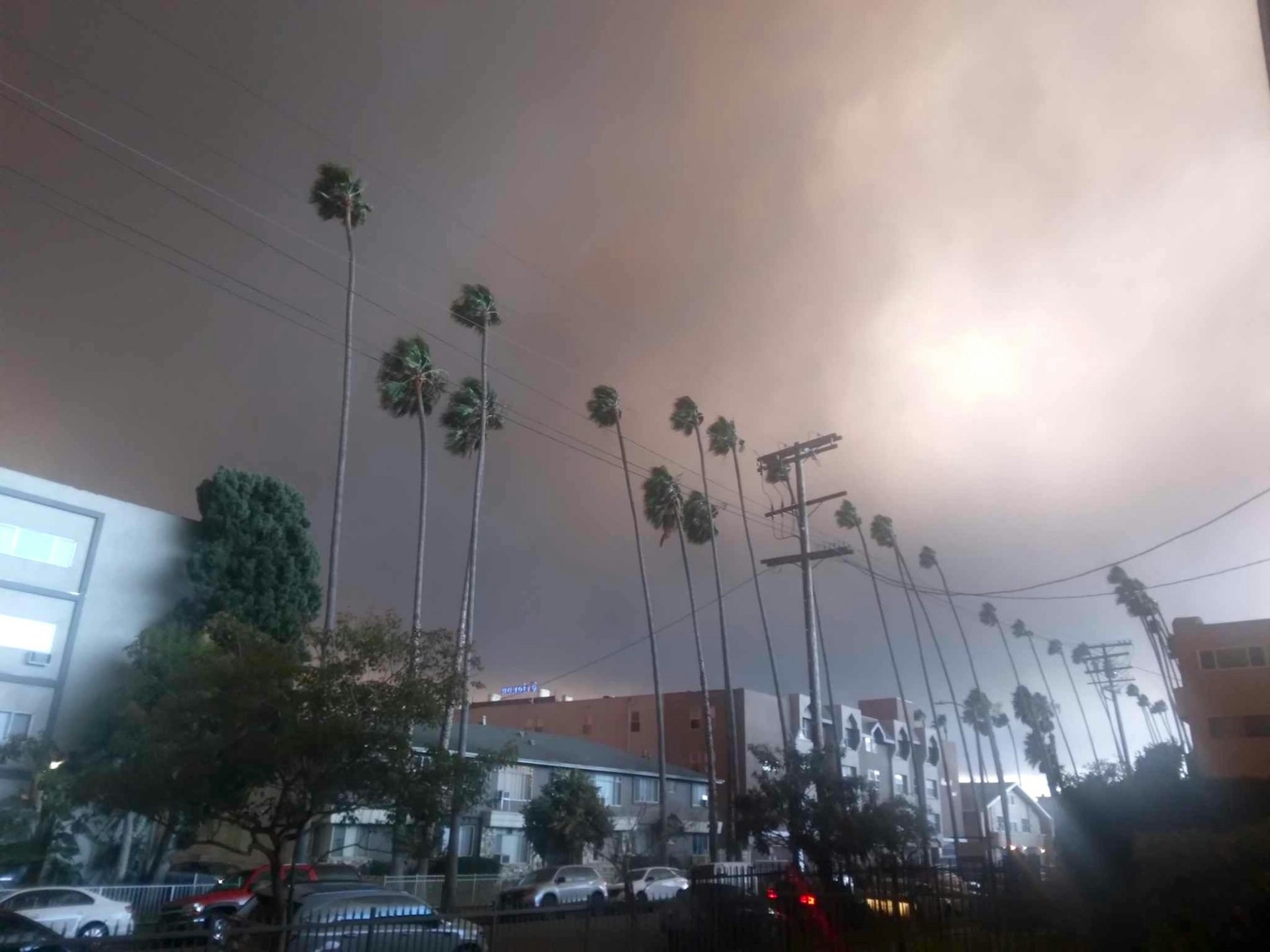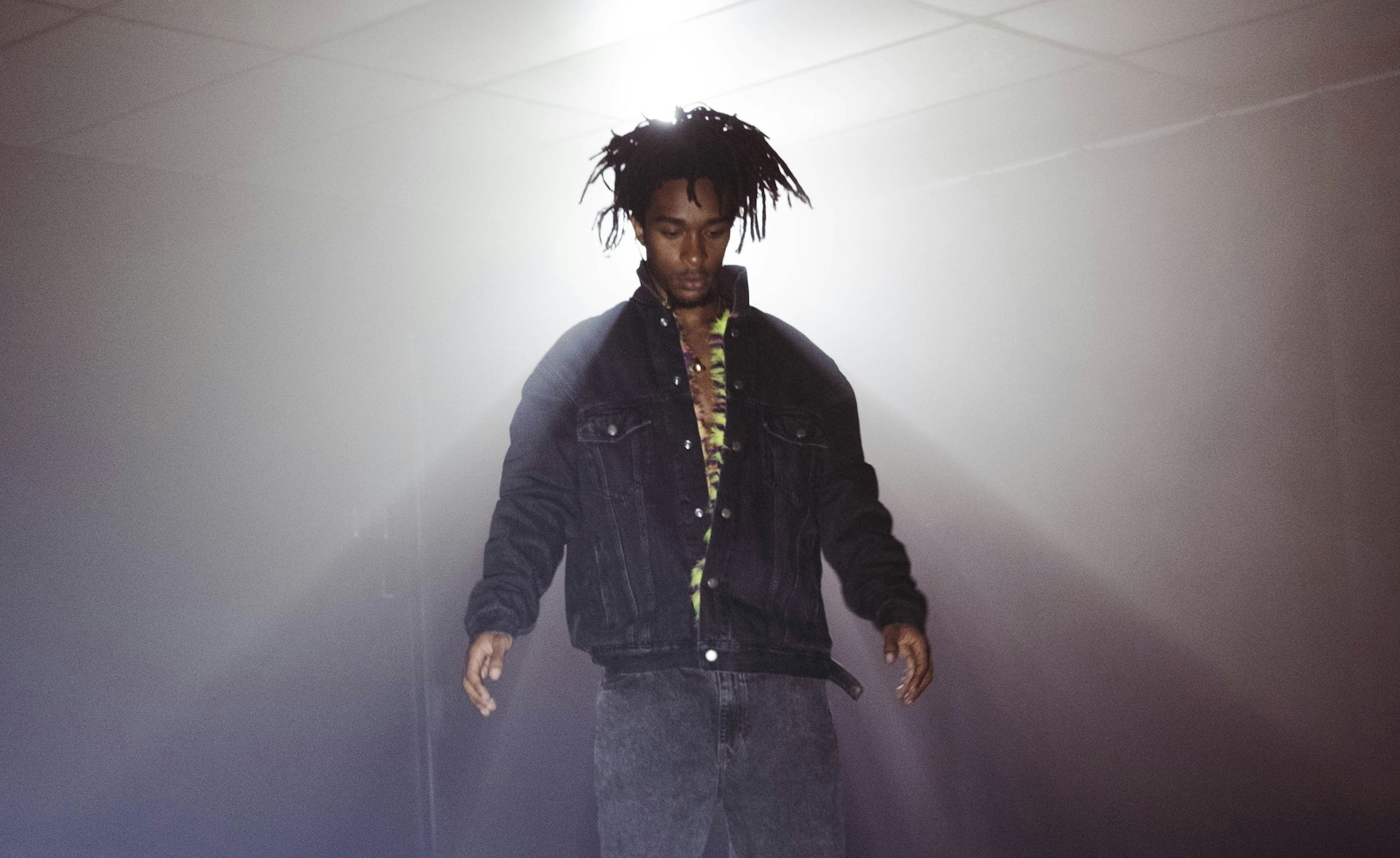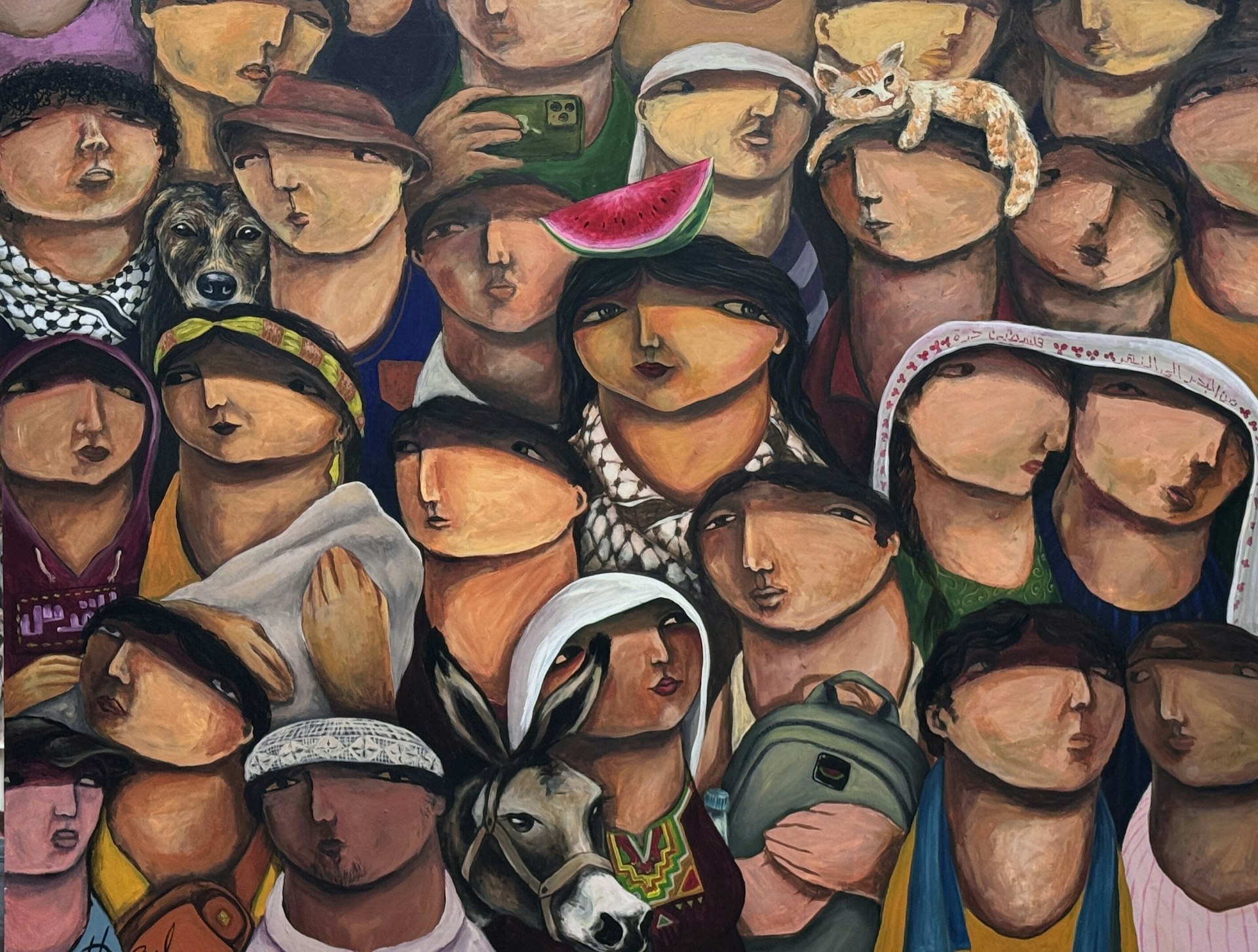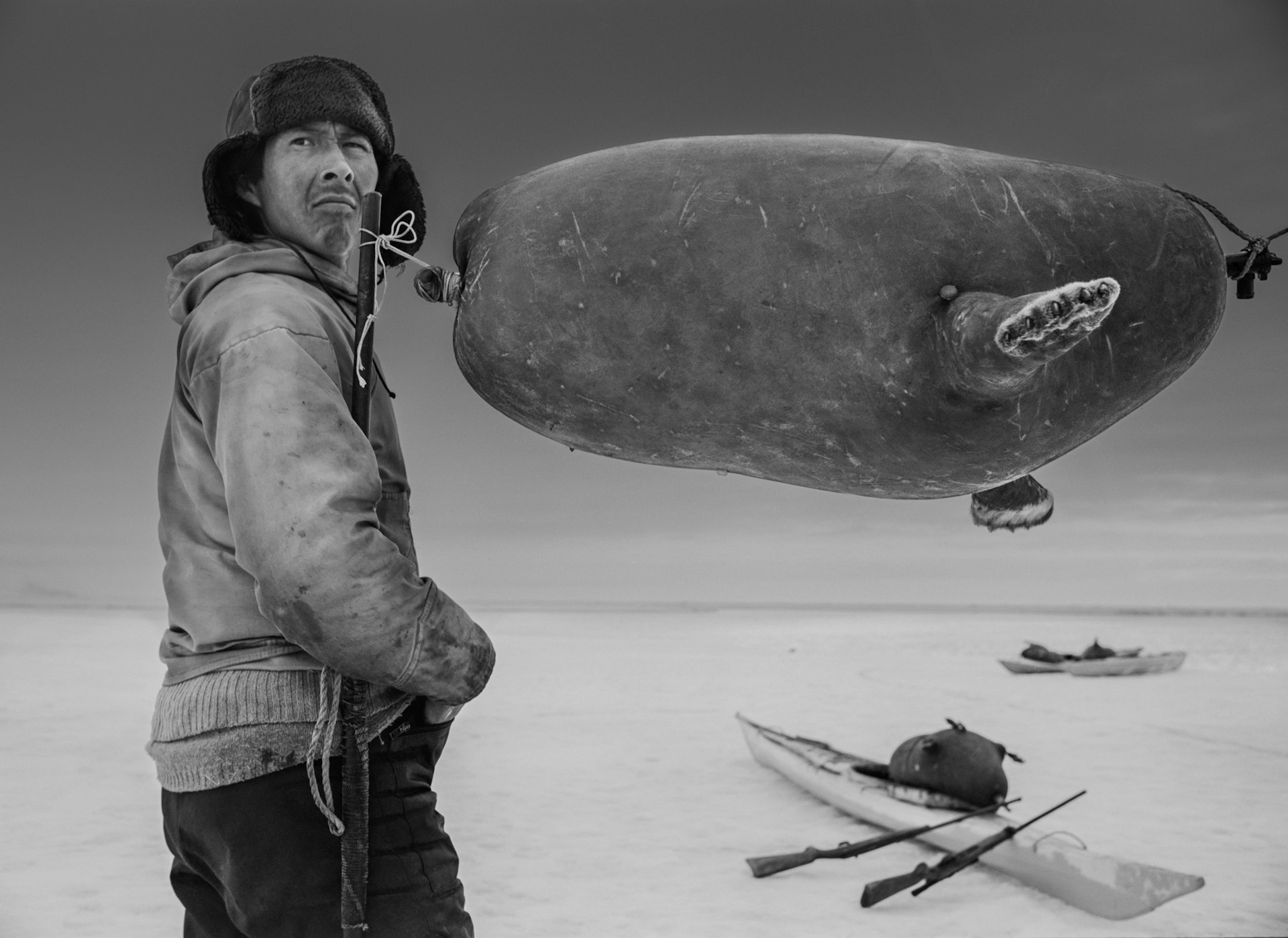The uncertain future of Sri Lanka’s last fishermen
- Text by Ben Amando
- Photography by Ben Amando

“The sea is a beautiful gamble, to fully grasp it’s might you need patience, resilience, and luck,” explains Amila, a local fisherman from Tangalle, Sri Lanka. “You need to respect it and play by her rules, she’s in unpredictable control in the end.”
Formerly one of Sri Lanka’s thriving fishing towns, the fishermen of Tangalle are at a crossroads with tradition and the sea. The ancient art of fishing is being quickly wiped out by the modern era of trawlers, sucking the sea dry of fish whilst damaging the environment with ruinous repercussions.


The fishermen are struggling to make the transition to this new age of binge fishing, with the search of fins and scales pushing them deeper offshore into the sea, and further away from their families. The ones who have stayed fishing close to shore – leaving when the moons at its brightest, and making it home for lunchtime – are in a constant battle to provide.
The words “malu na” (no fish) are becoming a constant sound ringing around the beachfront as each new boat roars onto the sand to show off their daily catch (or lack thereof).


There’s this vulnerability and loneliness present within some of these fisherman, from the pressure and responsibilities of not providing. Although this would never be made public with any word of these deep, dark eternal emotions, they’d be viewed in disfavour – it’s seen as a sign of moral and physiological weakness. Leaving these depressive feelings trapped inside can cripple a man and it seems that daily bottles of coconut arrack are the only panacea to cure them. Sri Lanka has one of the highest rates of suicide of men in the world and the repeated isolation felt at sea and on shore is only helping contribute to this alarming statistic.
Unfortunately, there’s little to no recognition for mental health from the government and the subject is, more often than not, thrown under the rug in fear of shame. The aim of these photos is to bring to light some of these unvoiced emotions and portray their capricious relationship with the sea.







See more of Ben Amando’s work on his official website, or follow him on Instagram.
Enjoyed this article? Like Huck on Facebook or follow us on Twitter.
Latest on Huck

This erotic zine dismantles LGBTQ+ respectability politics
Zine Scene — Created by Megan Wallace and Jack Rowe, PULP is a new print publication that embraces the diverse and messy, yet pleasurable multitudes that sex and desire can take.
Written by: Isaac Muk

As Tbilisi’s famed nightclubs reawaken, a murky future awaits
Spaces Between the Beats — Since Georgia’s ruling party suspended plans for EU accession, protests have continued in the capital, with nightclubs shutting in solidarity. Victor Swezey reported on their New Year’s Eve reopening, finding a mix of anxiety, catharsis and defiance.
Written by: Victor Swezey

Los Angeles is burning: Rick Castro on fleeing his home once again
Braver New World — In 2020, the photographer fled the Bobcat Fire in San Bernardino to his East Hollywood home, sparking the inspiration for an unsettling photo series. Now, while preparing for its exhibition, he has had to leave once again, returning to the mountains.
Written by: Miss Rosen

Ghais Guevara: “Rap is a pinnacle of our culture”
What Made Me — In our new series, we ask artists and rebels about the forces and experiences that have shaped who they are. First up, Philadelphian rap experimentalist Ghais Guevara.
Written by: Ghais Guevara

Gaza Biennale comes to London in ICA protest
Art and action — The global project, which presents the work of over 60 Palestinian artists, will be on view outside the art institution in protest of an exhibition funded by Bloomberg Philanthropies.
Written by: Cyna Mirzai

Ragnar Axelsson’s thawing vision of Arctic life
At the Edge of the World — For over four decades, the Icelandic photographer has been journeying to the tip of the earth and documenting its communities. A new exhibition dives into his archive.
Written by: Cyna Mirzai